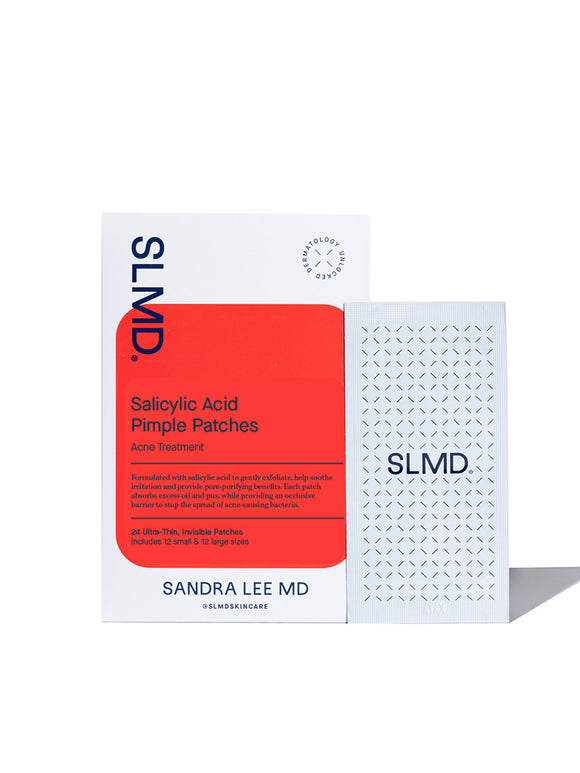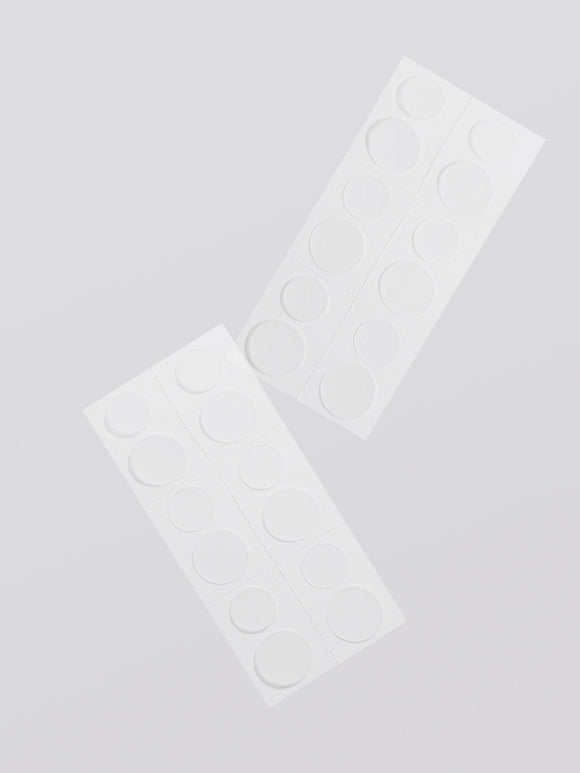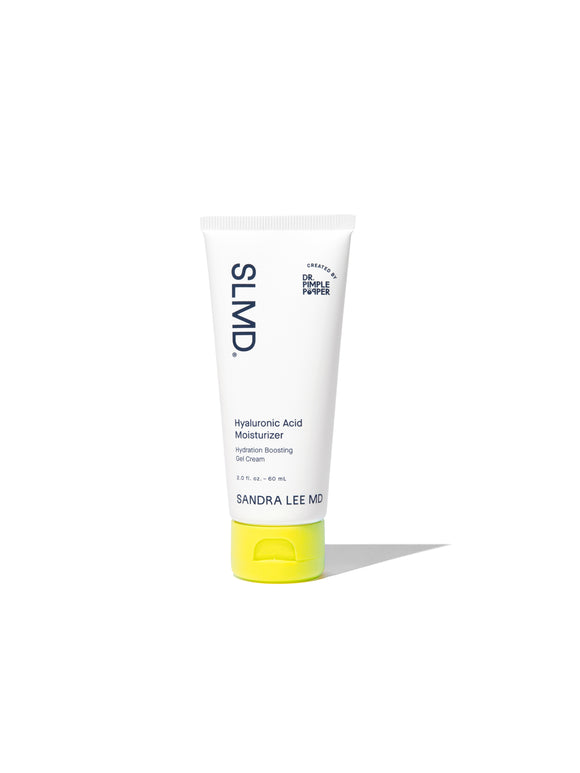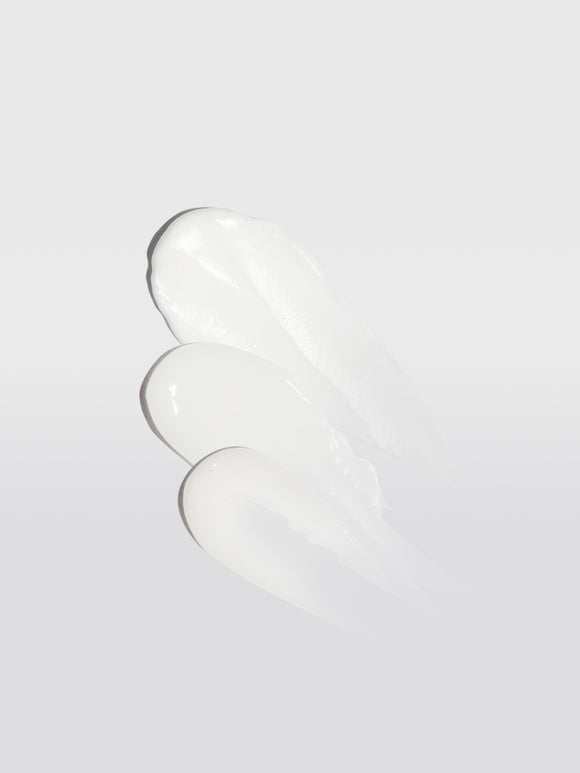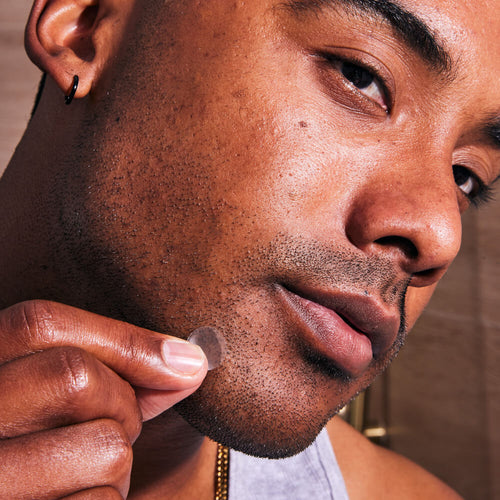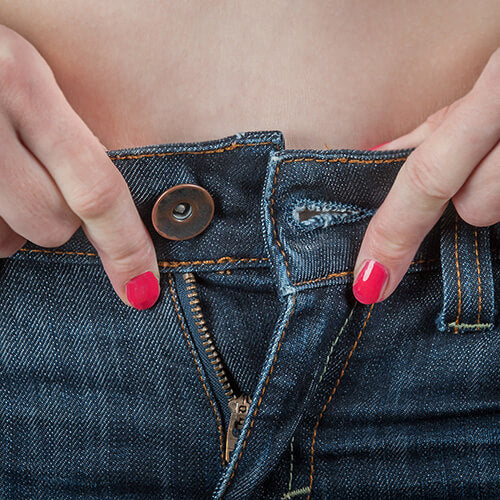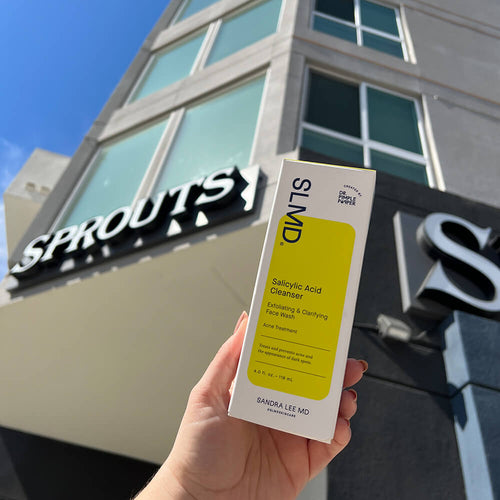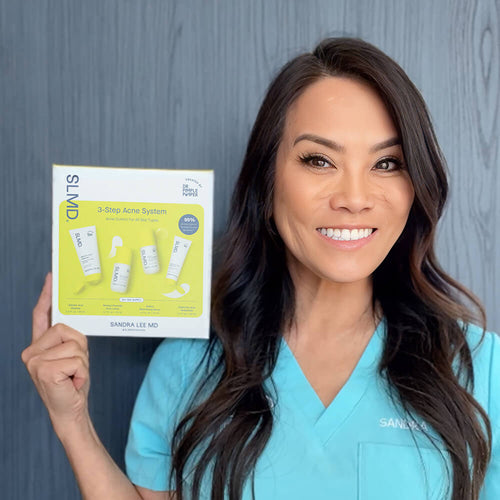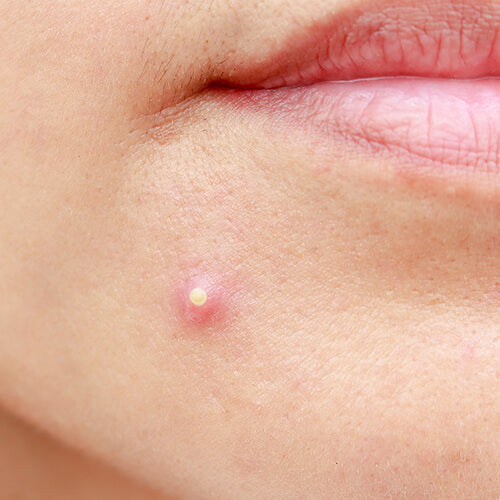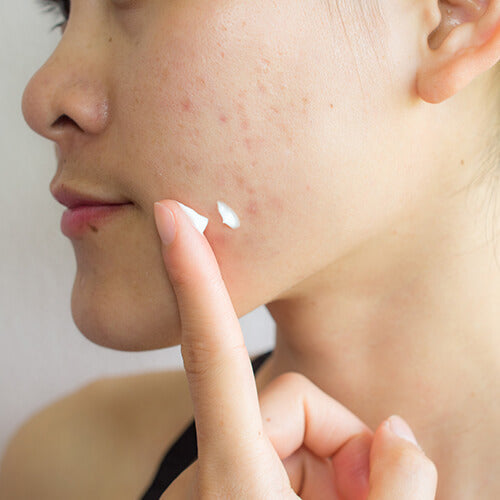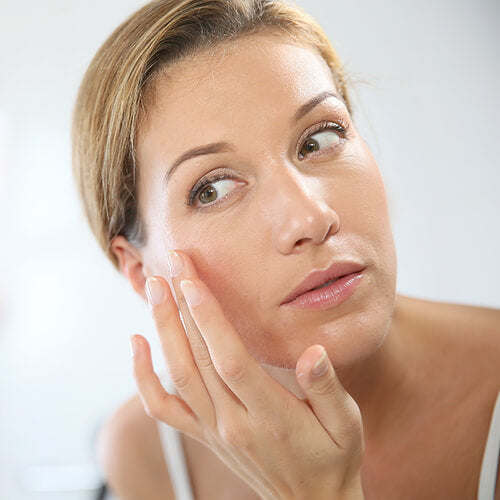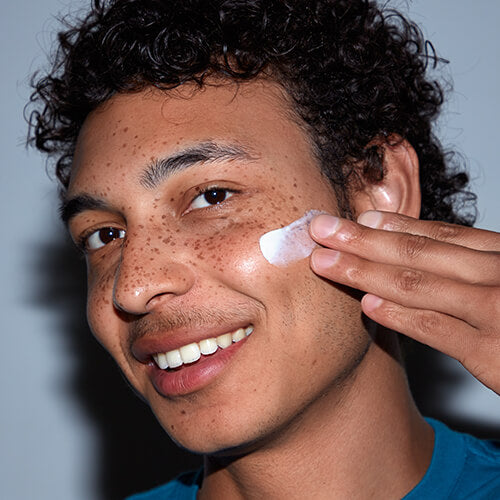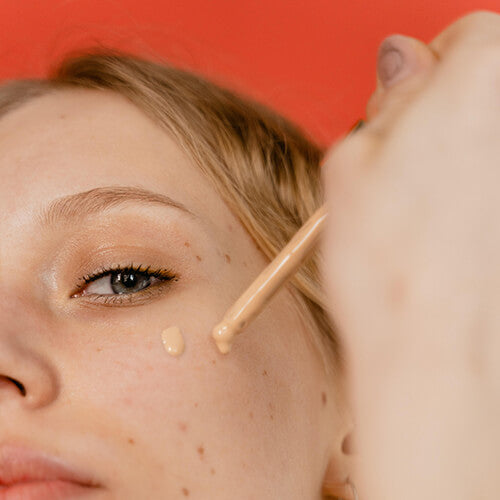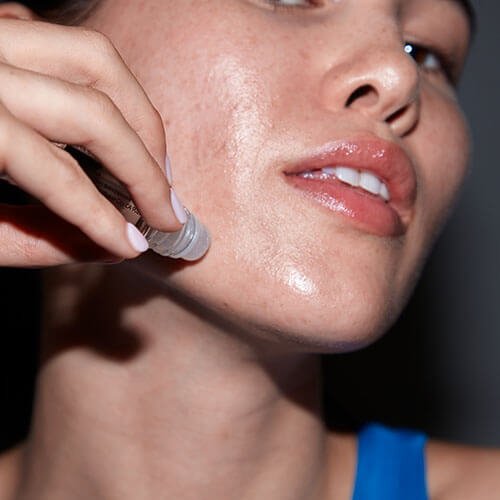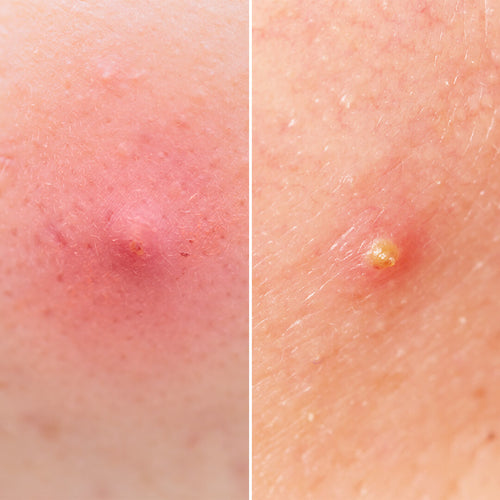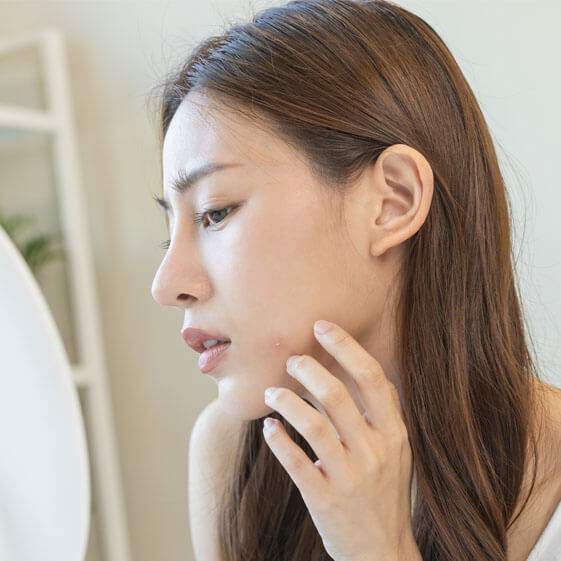
5 Acne Spot Treatments You Should NEVER Try
Dr. Pimple Popper myth busts some of the most popular home remedies on social media.
Published:
3 minute read
We’ve all been there: you wake up with a giant pimple and no spot treatment in sight. Desperate for a quick fix, you turn to the Internet, where DIY acne remedies promise overnight results.
But according to Sandra Lee, MD (aka Dr. Pimple Popper), some of these so-called miracle treatments can actually backfire — causing irritation, burns, and even more breakouts. Before you reach for a home remedy, here are five DIY acne spot treatments that dermatologists warn against.
#1 Lemon juice
Myth: Apply freshly squeezed lemon juice to your pimple with a cotton swab, then wash it off after a few minutes.
Truth: Lemon juice does contain citric acid, which is an exfoliant, and antioxidant ascorbic acid (vitamin C), which can help with pigmentation. Its high acidity can also inhibit bacterial growth. But here’s the problem: it can severely irritate your skin, leading to burns, peeling, and long-term discoloration. Even worse, sun exposure can trigger phytophotodermatitis, a condition that leaves dark patches behind.
Better option: Use a dermatologist-approved salicylic acid treatment to exfoliate and clear pores without the risk of burns. Try: SLMD Salicylic Acid Spot Treatment
#2 Garlic
Myth: Rubbing a cut garlic clove on a pimple will kill bacteria and shrink it overnight.
Truth: While garlic contains diallyl disulfide, which has antibacterial properties, it’s also a known skin irritant. If you’ve ever gotten garlic juice on your fingers and felt a burning sensation, imagine what it can do to sensitive facial skin. Garlic burns can lead to post-inflammatory hyperpigmentation, irritation, and even blistering.
Better option: A benzoyl peroxide spot treatment kills acne bacteria without damaging your skin barrier. Try: SLMD BP Acne Spot Treatment
Dr. Pimple Popper's Top Spot Treatments
#3 Toothpaste
Myth: Dab a bit of toothpaste on your pimple before bed, and you’ll wake up to clear skin.
Truth: This old-school trick used to work when toothpaste contained triclosan, an antibacterial agent. But most formulas today don’t contain it anymore, and ingredients like baking soda, hydrogen peroxide, and menthol can dry out, burn, and irritate skin — making your pimple look even worse.
Better option: Try a benzoyl peroxide or salicylic acid spot treatment, which are designed to fight acne without excessive irritation.
#4 Hemorrhoid cream
Myth: Apply a little hemorrhoid cream to a pimple to reduce redness and swelling.
Truth: Hemorrhoid creams contain phenylephrine, which constricts blood vessels and may temporarily reduce redness. Some also include hydrocortisone, which can reduce inflammation. But these aren’t meant for long-term use on acne, and the occlusive ingredients in some formulas may clog pores, making breakouts worse over time.
Better option: Use medicated acne patches that contain ingredients like salicylic acid to shrink pimples while protecting them as they heal. Try: SLMD Salicylic Acid Pimple Patches
#5 Coconut oil
Myth: Applying coconut oil to pimples helps them heal faster.
Truth: While coconut oil has antibacterial and anti-inflammatory properties, it’s also comedogenic — meaning it can clog pores and trap bacteria inside the skin. Instead of healing your breakout, coconut oil can actually make it worse, especially if you have oily or acne-prone skin.
Better option: Choose a lightweight moisturizer that hydrates without clogging pores. Try: SLMD Hyaluronic Acid Moisturizer, Facial Moisturizer with Vitamin C.
Why do people fall for DIY acne treatments?
DIY remedies are everywhere — so why do people keep trying them? The biggest reasons include:
- They seem natural. Many people assume that because something is natural, it must be safe for skin.
- They’re cheap and convenient. When you don’t have a spot treatment on hand, it’s tempting to reach for whatever’s in your kitchen.
- They go viral. Social media is full of “hacks” that promise instant results, but most of them aren’t backed by science.

Dr. Lee's Last Word
I see a lot of DIY acne hacks on social media, but some of them can actually make breakouts worse — or even cause long-term skin damage. The best way to treat a pimple fast is to use ingredients like benzoyl peroxide or salicylic acid, which are backed by science and designed for your skin.



